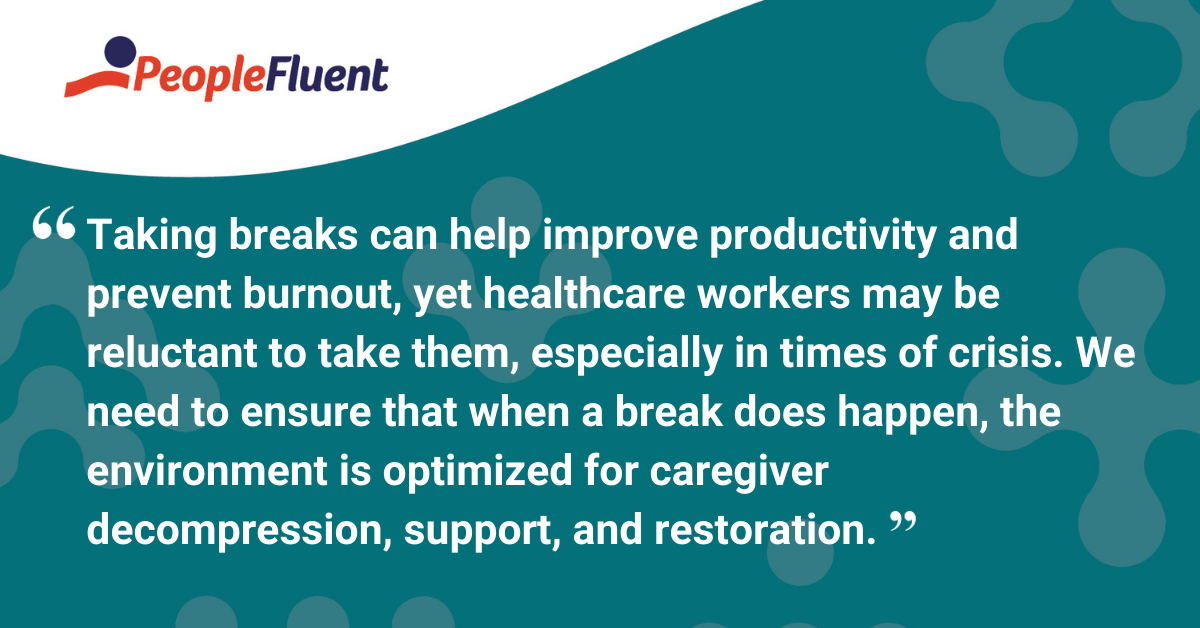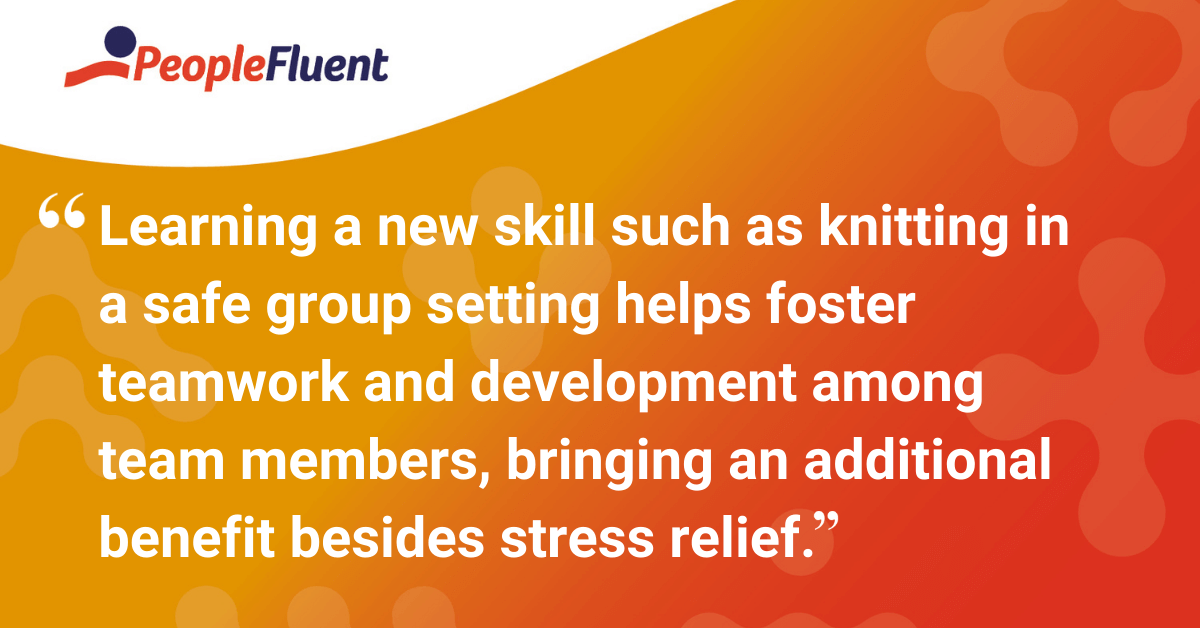Published: Dec 18, 2020Time to read: 4mins Category: Insights
3 Creative Ways to Reduce Healthcare Employee Burnout
While many industries grapple with the problem of employee burnout, this issue is especially prevalent in the healthcare industry. The high-stress nature of the work and its implications for patients in the midst of a global pandemic, along with a massive shortage of healthcare workers in several US states, all contribute to employee burnout.
In fact, according to a recent report by Mental Health America, 76% of healthcare workers say they are feeling exhausted and burnt out while the same study also found that 93% of healthcare workers are experiencing stress.
To protect both the staff and patients under their care, healthcare organizations need to explore ways to help employees reduce stress and recharge. Fortunately, these healthcare organizations can explore cost-effective options that provide employees with the decompression they need to deliver outstanding patient care. Here are three of them.
More from the blog: ‘The 5 Most Important Skills for Healthcare Leaders’
1) Build a Next-Level Break Room
Taking breaks can help improve productivity and prevent burnout, yet healthcare workers may be reluctant to take them, especially in times of crisis. We need to ensure that when a break does happen, the environment is optimized for caregiver decompression, support, and restoration.
The phrase “break room” might conjure images of a low-cost sofa and grimy coffee pot, but with today’s challenges, healthcare leaders should elevate their approach and provide a designated space for employees to relax and recharge. Meditation rooms and massage chairs help employees address their physical and mental states, while TVs and computers allow them to either turn off their brains to recharge or to connect with friends and family during their downtime.
Break rooms could also include an area where staff can take advantage of fitness and nutrition classes. Both of these elements are important factors in reducing stress and increasing overall wellness.
Want to build a next-level break room? Make sure you provide opportunities for employees to address their physical and mental fatigue. Consider providing tools to connect employees, such as TVs, and offer opportunities to educate your staff on how they can make lifestyle choices that will help them reduce stress on their own.

Keep reading: ‘The Three Cs: Talent Management Strategies to Engage Your Multi-Generational Workforce’
2) Offer Cross-Functional Classes
While healthcare staff require a good deal of training and learning opportunities to excel in their work, organizations can also offer learning opportunities that specifically allow staff to destress. Classes that foster creativity, such as painting, pottery, and creative writing, give employees the opportunity to re-energize and engage their brains cross-functionally.
In fact, participating in art-related activities can help alleviate stress and burnout. Some healthcare organizations are now offering arts and humanities courses to extend the benefits to their employees.
Want to give your employees a creative outlet? Look for opportunities to partner with academic institutions. For a more cost-effective solution, see if there are employees or other volunteer organizations that can come in and set up creative classes or unmonitored time for employees to explore their creativity—and ease their stress while they’re at it.

You might also like: ‘Learning Under Lockdown: How Healthcare Organizations Are Learning in the Now’
3) Offer Safe, Creative Group Activities
Take the idea of creative classes to the next level, and introduce an activity that not only fosters individual employee creativity, but also improves team-building skills—with safety concerns, like social distancing, in mind. For example, Project Knitwell works with organizations to bring staff members who work in stressful environments the therapeutic benefits of knitting.
Learning a new skill such as knitting in a safe group setting helps foster teamwork and development among team members, bringing an additional benefit besides stress relief—one that is critically important in healthcare organizations. Better teamwork translates to better patient care—and better outcomes for the entire organization.
Looking to replicate this program? Look in your area for organizations such as Project Knitwell that teach group classes, and focus on skills that foster individual creativity and team-building opportunities as well.
Taking care of your healthcare employees is just as important as providing superior care to your patients. Investing in a superior talent management strategy and software system will help you drive organizational success by empowering employees throughout the entire employee lifecycle, resulting in more engaged employees, more satisfied patients, and better financial impacts on the organization.
Related reading: ‘3 Easy Ways Talent Mobility Can Increase the Effectiveness of Learning’
Editor’s Note: This article was originally published in August 2016 and has been updated with recent information.
Want more insights from PeopleFluent's learning and talent experts?
From talent management to learning programs, we have several great resources to share with you. Check out the PeopleFluent blog as well as resources section for insights, thought leadership, trends, and best practices.